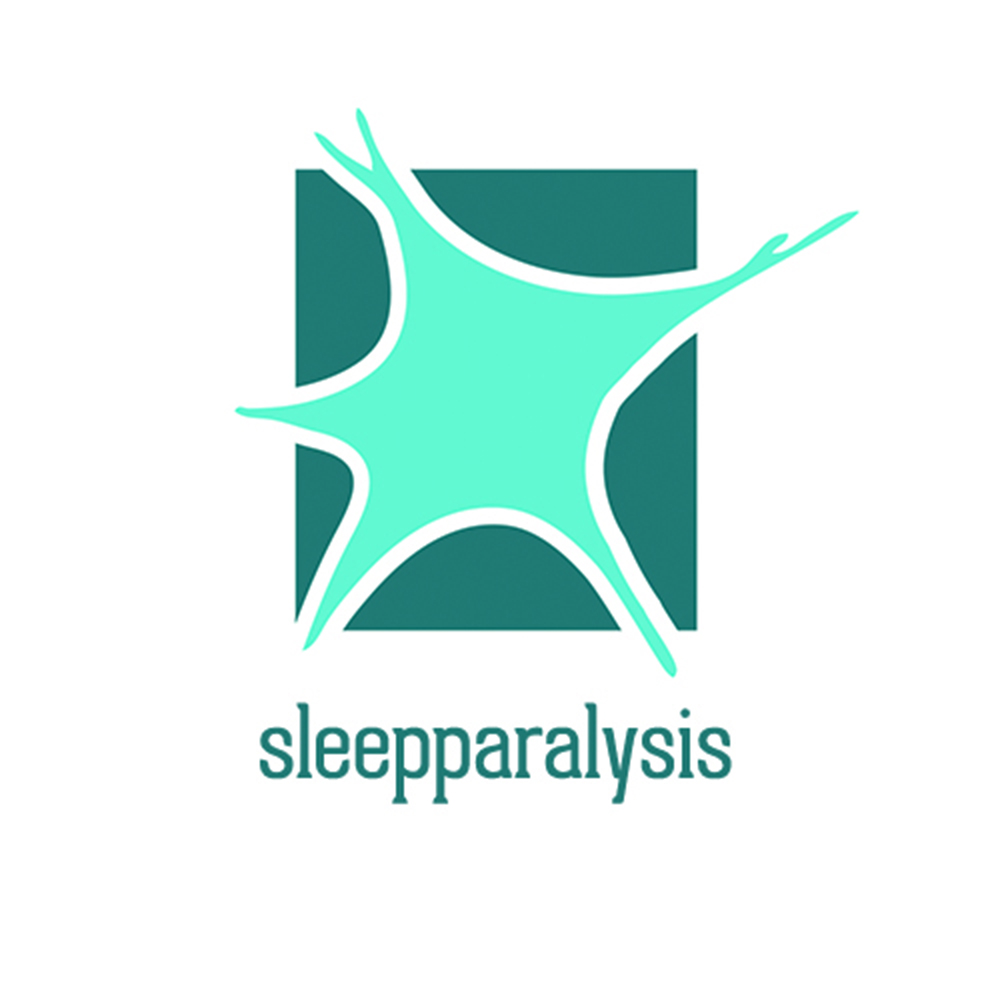Different Types of
Sleep Disorders
Fatigue, drowsiness, risk of depression, mood disorders … Insomnia may be a common sleep disorder, but its consequences on our physical and mental health are real. According to the 2010 Health Barometer produced by the National Institute for Prevention and Health Education, 15.8% of 15-85 year olds suffer from chronic insomnia.
This is by no means a comprehensive review of all sleep disorders, of which there are now over one hundred known. Here is a list of the most common disorders:
Insomnia
is the most common sleep disorder. Many individuals suffer from insomnia, yet some believe they have the disorder when they do not. Before describing the features and causes of insomnia (and in the next chapter, potential treatment options), let me first describe what insomnia is not—and in doing so, reveal what it is.
Being sleep deprived is not insomnia. In the field of medicine, sleep deprivation is considered as having the adequate ability to sleep; yet giving oneself an inadequate opportunity to sleep—that is, sleep-deprived individuals can sleep, if only they would take the appropriate time to do so. Insomnia is the opposite: suffering from an inadequate ability to generate sleep, despite allowing oneself the adequate opportunity to get sleep. People suffering from insomnia therefore cannot produce sufficient sleep quantity/quality, even though they give themselves enough time to do so (seven to nine hours).
sleep medicine has very specific clinical boxes that must be checked for a patient to receive a diagnosis of insomnia. For now, these are:
- Dissatisfaction with sleep quantity or quality (e.g., difficulty falling asleep, staying sleep, early-morning awakening)
- Suffering significant distress or daytime impairment
- Has insomnia at least three nights each week for more than three months
- Does not have any coexisting mental disorders or medical conditions that could otherwise cause what appears to be insomnia.
Narcolepsy
Narcolepsy is considered to be a neurological disorder, meaning that its origins are within the central nervous system, specifically the brain. The condition usually emerges between ages ten and twenty years. There is some genetic basis to narcolepsy, but it is not inherited. Instead, the genetic cause appears to be a mutation, so the disorder is not passed from parent to child. However, gene mutations, at least as we currently understand them in the context of this disorder, do not explain all incidences of narcolepsy. Other triggers remain to be identified. Narcolepsy is also not unique to humans, with numerous other mammals expressing the disorder.
There are at least three core symptoms that make up the disorder: (1) excessive daytime sleepiness, (2) sleep paralysis, and (3) cataplexy.
The first symptom of excessive daytime sleepiness is often the most disruptive and problematic to the quality of day-to-day life for narcoleptic patients. It involves daytime sleep attacks: overwhelming,
Sleep Apnea
Our brains use a lot of oxygen. Despite our brains weighing only about six pounds, they use a full 20 percent of our body’s oxygen. If oxygen is oil, ourbrain is the United States—highly dependent. Because of this dependence, our brain gets cranky when it is deprived. When someone has sleep apnea, she is repeatedly depriving her brain of oxygen throughout the night. In some cases, these spells of not breathing can happen twenty, forty, sixty times per hour or more. Much more in some cases.
So how does this relate to sleep? Simple. With each breathing disturbance, your brain has a decision to make. Stay asleep and let the suffocation continue or wake up and take a breath.
When an individual is struggling to breathe and waking up to make it happen, it is difficult to descend into deep stages of sleep.
When you stop breathing, several things happen. Levels of oxygen within your body start to fall. When you go to the doctor and she puts the little red light on your finger, she is measuring oxygen levels in your blood. In addition to oxygen levels dropping, carbon dioxide levels rise, as you are not breathing to expel this waste gas.
Your brain is constantly monitoring these levels of oxygen and carbon dioxide, in an effort to maintain balance within your body. When the balance is disturbed from sleep apnea, the body employs a strategy for helping ensure your respiration and continued survival: Your brain essentially scares you awake soyou start breathing. Think of all the other things that go along with being scared: rapid heart rate, anxiety, a bump in blood pressure. Yep, they are there too!
